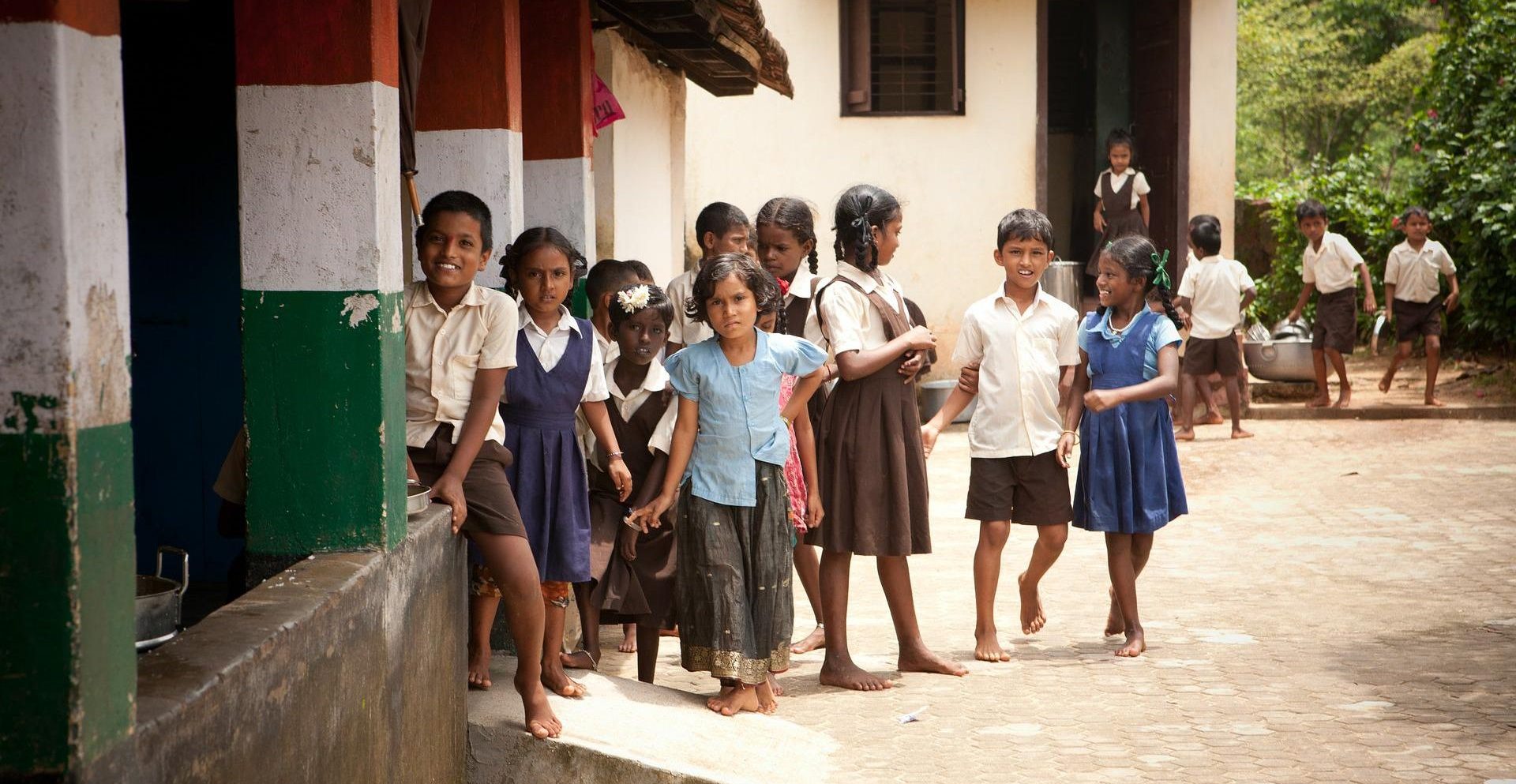Search Results for: The guardian institution for elementary education at the village-level
Open Roundtable on Regulation of Non-State Actors in India’s School Education
30/11/2022 @ 10:00 am - 12:30 pm - With rising demand for education during the last few decades from all sections of the society, there has been an increase in non-state participation in provisioning of schools, as well as, in supplementary services across India. While there are certain state-level regulations and policies, India lacks an overarching structure and framework for the regulation of [...]
Challenges in Access to Secondary Education in India
India’s latest National Education Policy has envisaged universal access to education by 2030. However, while enrolment is high in elementary schools, access to and uptake of secondary education has remained low. The article considers some contributing factors, including the limited number of schools offering secondary education, the higher costs associated with schooling, and the lack … Continue reading "Challenges in Access to Secondary Education in India"
Regulation of Non-State Actors in School Education in India
First published as background paper prepared for the Global Education Monitoring Report on Non-state actors in Education –South Asia, available here. The complete report can be accessed here. Non-state engagement in education in India now extends not just to schools and supplementary services but to policy intervention as well. As education is still regarded as … Continue reading "Regulation of Non-State Actors in School Education in India"
Understanding the Implementation of Pre-Primary Education in India
The National Education Policy 2020, completes two years this year. Among its areas of focus has been the introduction of pre-primary education, also referred to as early childhood education across the country, for a young child’s holistic development. Pre-primary education is meant for children under the age of 6 years. As a child’s brain develops … Continue reading "Understanding the Implementation of Pre-Primary Education in India"
India’s Public Investment in Education: Deciphering the Inconsistencies in Official Statistics
The previous blog in this series explored the rationale behind India’s target of spending 6 per cent of its GDP as public investment in education, and how the fulfilment of the target remains a distant reality. More importantly, in terms of India’s current status of education investment, there is some discrepancy in official statistics across different … Continue reading "India’s Public Investment in Education: Deciphering the Inconsistencies in Official Statistics"






